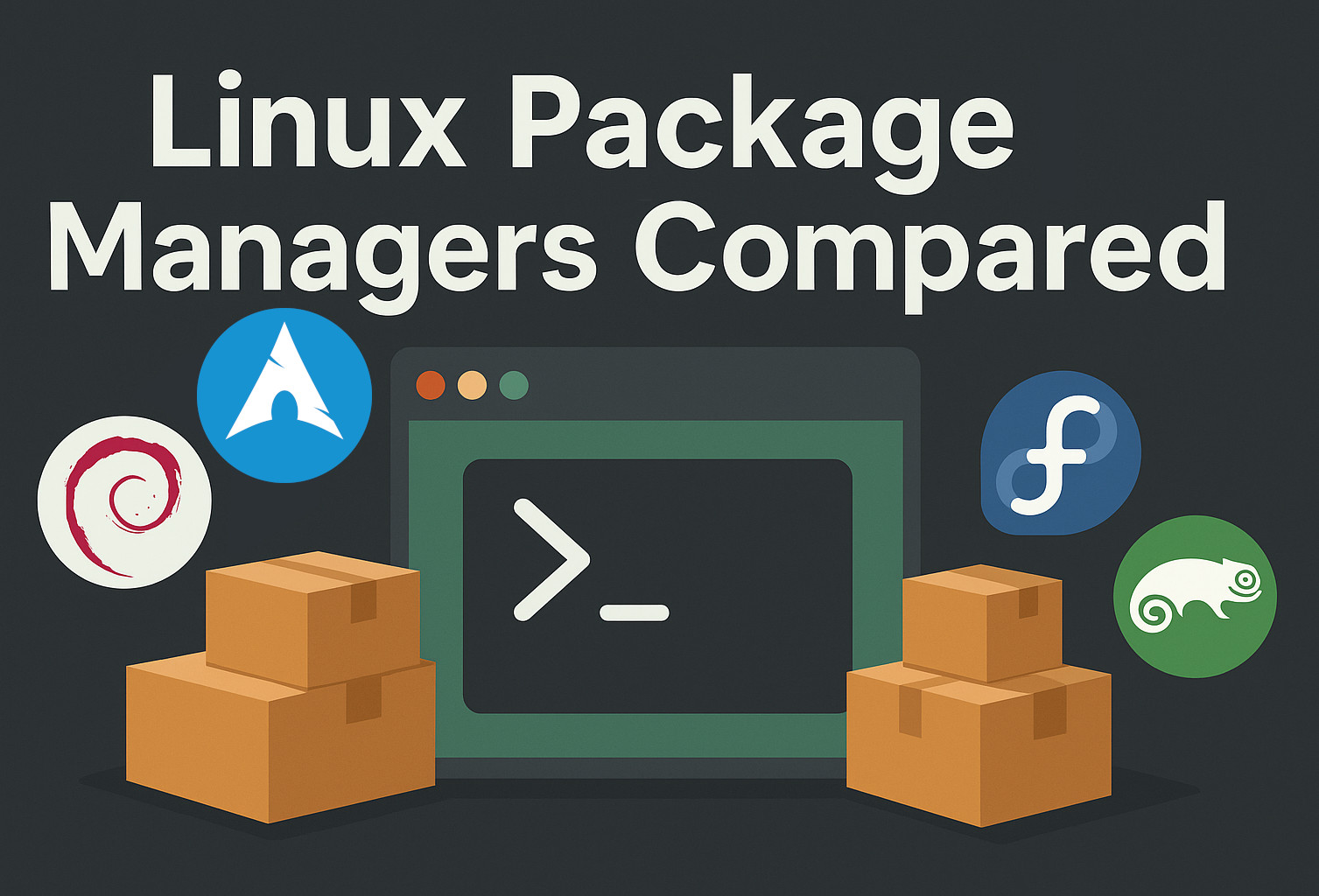If you’ve hopped between Linux distributions as much as I have, you know that each major family of distros introduces you to a different package manager. At first, it can feel a bit daunting (apt on Debian/Ubuntu, dnf on RHEL/Fedora, pacman on Arch, and zypper on openSUSE), but these tools all serve the same purpose of installing and updating software.
After using Linux for years (across everything from Debian to Arch-based systems), I’ve grown comfortable with all of them. Even niche distros like Slackware, Gentoo, and Void. In this post, I’ll break down the major package managers, how they differ, and what it’s like to use each one. We’ll also touch on the universal package formats (Snap and Flatpak) that aim to work across distributions, and lastly mention a few niche package management systems. Let’s dive in!



I mean…mine was theoretically usable. But practically, it was compiling all the time.
I really don’t understand how can people use it. I really tried.
I think it’s something that you have to get used to… While it’s compiling stuff, you can actually be doing other things on your system. The trick was to make sure your configuration balanced your systems resources so you didn’t get bottlenecks. (For example: putting your home drive on a separate physical drive to reduce issues with writes.)